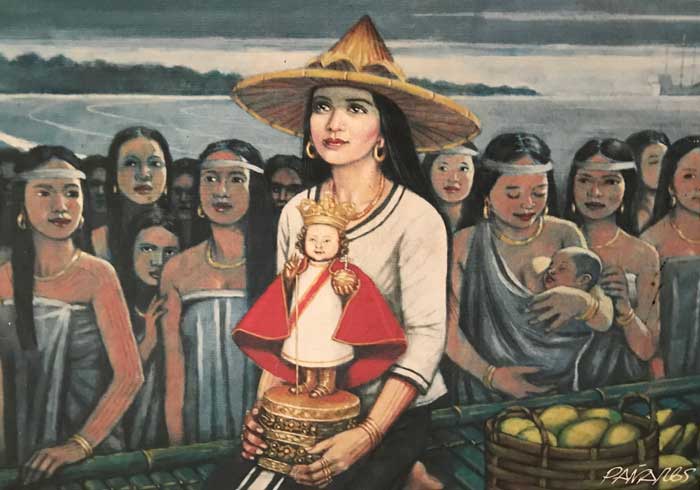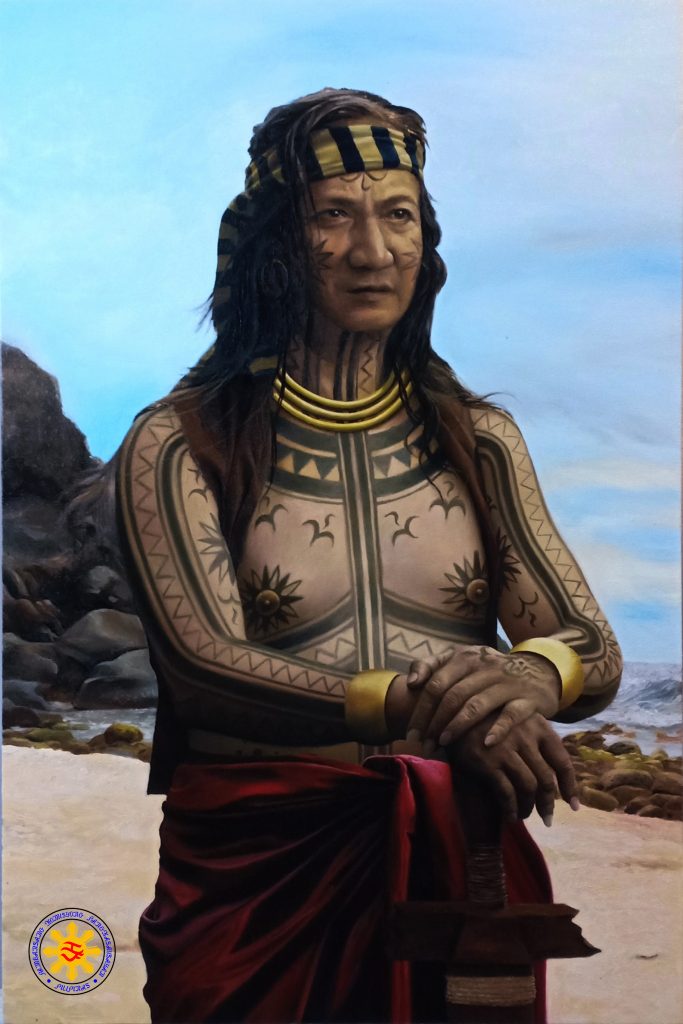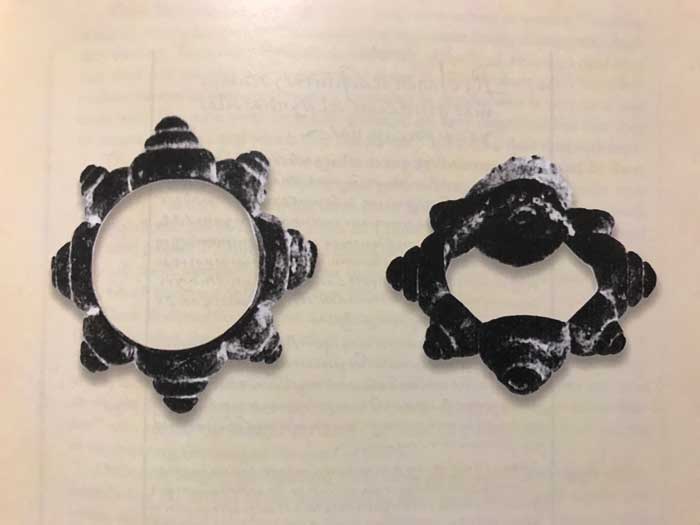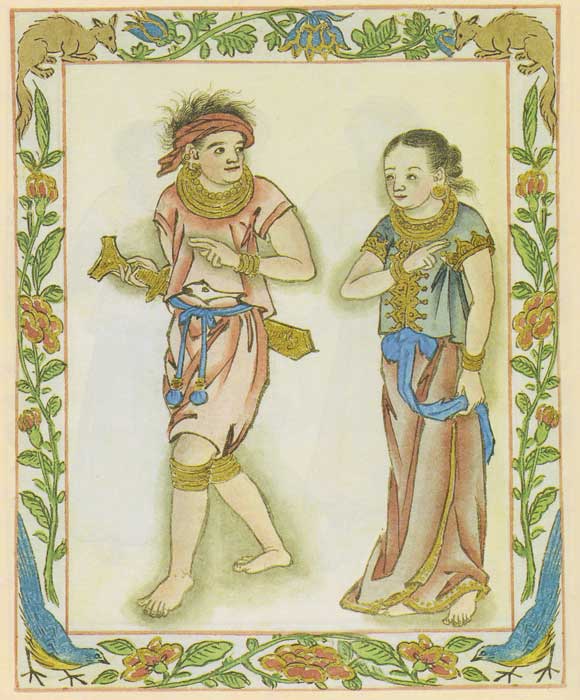There is a tendency to gloss over multiple recorded facts about the 16th century Philippines. Many reasons for this may appear obvious if one considers some of the the messaging conservative or Catholic ideologies may try to enforce among the people. Others may wish to ignore these aspects of 16th century life in order to preserve a pre-colonial utopia.
In this post, I will not delve into the darker aspects of pre-colonial life, but will instead present some interesting facts that I have noticed are rarely discussed in forums about the 16th century Philippines.
The accounts that are shared below in “quotes” have been taken from F. Landa Jocano’s book “The Philippines at the Spanish Contact: Some Major Accounts of Early Filipino Society and Culture,” MCS Enterprises (1975). In particular, I am quoting Antonio Pigafetta (1521) and Miguel de Loarca (1582).
Make-up, Perfume, and Sun Exposure
Contrary to popular belief, skin that had not been exposed to the sun was regarded as a sign of beauty among the early Visayans. Pigafetta observes how Queen Hara Humamay of Cebu shields herself from the sun’s rays. He also notices the make-up she has on her lips and nails. This is not meant to absolve the absurd beauty standards that exist today in the Philippines, but to establish the precedent that existed before Western contact. The phenomenon may also be seen among the binukot of Panay Island.
“The queen was young and beautiful and was entirely covered with a white and black cloth. Her mouth and nails were very red, while on her head she wore a large hat of palm leaves in the manner of parasol, with a crown about it of the same leaves, like the tiara of the pope; and she never goes any place without such a one.”

While the idea of Filipinos as “savages” in loin clothes was perpetuated by the Americans during their occupation, Loarca notes a very beautiful society at the onset of Spanish colonization.
“They are well and modestly dressed, in that they cover all the private parts; they are very clean, and are very fond of perfumes. Both men and women wear their hair long, and fastened in a knot on the crown of the head, which is very becoming. The men tattoo their entire bodies with very beautiful figures”
Visayans Were Physically and Mentally Healthy
In 1582 it was noted that congenital malformation, genetic disorders and mental illness appeared to be a rarity among the people of the Visayas. There may have been other means of addressing these issues that was not known to the Spanish, but as Loarca saw things:
“The natives of the Pintados Islands are not very dark. Both men and women are well formed and have regular features. They are healthy people, for the climate of that land is good. Among them are found no crippled, maimed, deaf, or dumb persons. No one of them has ever been possessed by evil spirits, or has become insane. Therefore they reach an advanced age in perfect health.”

Happy Drinkers
While Loarca states that it appears early Visayans loved their alcohol, they seemed to handle it well. When one was drunk, they did not become mean, but instead resorted to teasing, or simply sleeping it off.
“They are greatly addicted to the use of a kind of wine which they make from rice and from the palm-tree, and which is good. Very rarely do they become angry when drunk, for their drunkenness passes off in jests or in sleep.”
Penis Rings, For Her Pleasure
In perhaps one of the most comical entries in Spanish documentation – Pigafetta walking around asking to see everyone’s penis – it was noted that penis modification was done entirely at the woman’s behest.

“The males, large and small, have their penis pierced from one side to the other near the head, with a gold or tin bolt as large as a goose quill. I very often asked many, both old and young, to see their penis, because I could not credit it. In the middle of the bolt is a hole, through which they urinate. The bolt and the spurs always hold firm. They say that their women wish it so, and that if they did otherwise they would not have communication with them.”
Small Families
Contrary to the views of the Catholic Church, early Visayans saw small families as preferable.
“It is considered a disgrace among them to have many children; for they say that when the property is to be divided among all the children, they will all be poor, and that it is better to have one child, and leave him wealthy.”
Happy Wife, Happy Life
It would appear that adultery was a matter settled between the men. Women were not held at fault for these occurrences. In fact, a man would be expected to defend his wife in any and all matters, without concern of who the opposing party may be.
“The men are very fond of their wives, for it is the men who give the dowry at marriage. And even if their wives commit adultery, action is never taken against the women, but against the adulterer. The women are beautiful, but unchaste. They do not hesitate to commit adultery, because they receive no punishment for it.”

“The Pintados love their wives so dearly, that, in case of a quarrel they take sides with their wives’ relatives, even against their own fathers and brothers.”
Happy wives, Happy Life
Not everything was the decision of the wives. If a man had the means, he could have as many wives as he could support. I often see this attitude among modern Filipinos of the upper and middle class. A mistress is extremely common and is seemingly ignored by the wife, regardless of how obvious her presence is in the life of their husband.
“All the men are accustomed to have as many wives as they can buy and support.”
SOURCES:
From “First Voyage Around the World,” by Antonio Pigafetta, in Blair and Robertson, Vol. XXXIII, pp. 103-211
Miguel de Loarca, Relacion de las Yslas Filipinas.” (Iloilo, P. I.) June 1582. Translated and Annotated in Blair and Robertson, V, pp. 34-187
Jordan Clark is a Canadian born descendant of Scottish immigrants living on the homelands of the Lekwungen speaking peoples. His interest in Philippine myth and folklore began in 2004. Finding it difficult to track down resources on the topic, he founded The Aswang Project in 2006. Shortly after, he embarked on a 5 year journey, along with producing partner Cheryl Anne del Rosario, to make the 2011 feature length documentary THE ASWANG PHENOMENON – an exploration of the aswang myth and its effects on Philippine society. In 2015 he directed “The Creatures of Philippine Mythology” web-series, which features 3 folkloric beings from the Philippines – the TIKBALANG, KAPRE and BAKUNAWA. Episodes are available to watch on YouTube. Jordan recently oversaw the editing for the English language release of Ferdinand Blumentritt’s DICCIONARIO MITOLÓGICO DE FILIPINAS (Dictionary of Philippine Mythology) and is working on two more releases with fellow creators scheduled for release later this year. When his nose isn’t in a book, he spends time with his amazing Filipina wife of 20 years and their smart and wonderful teenaged daughter.


